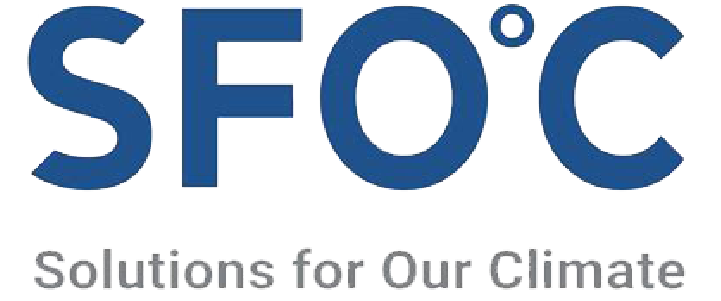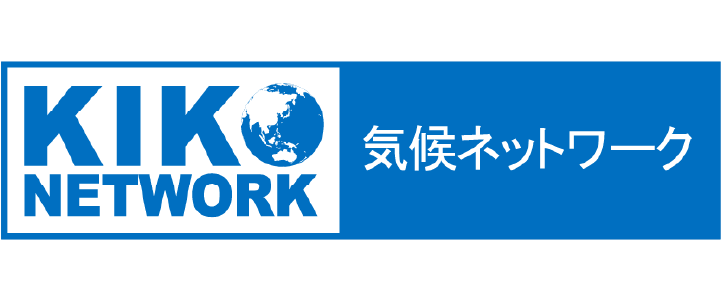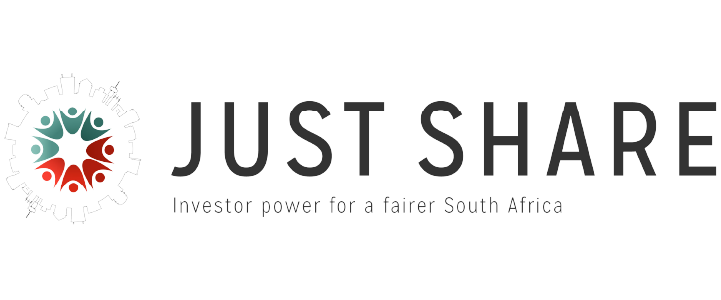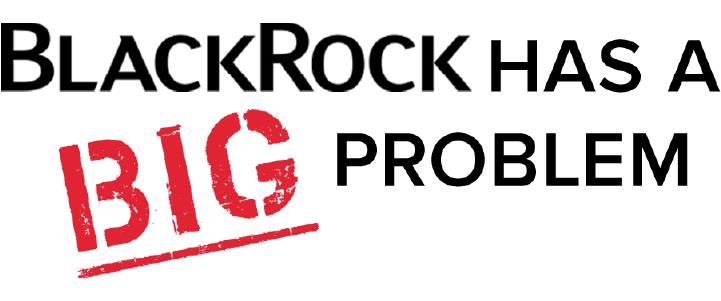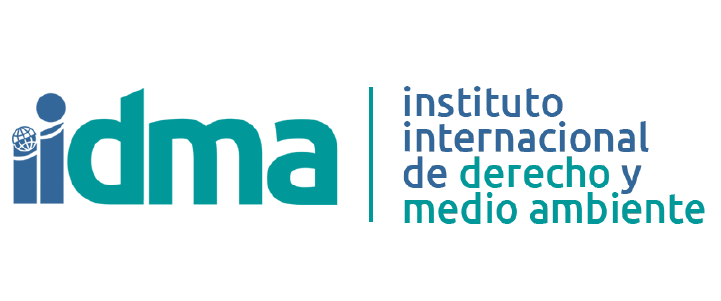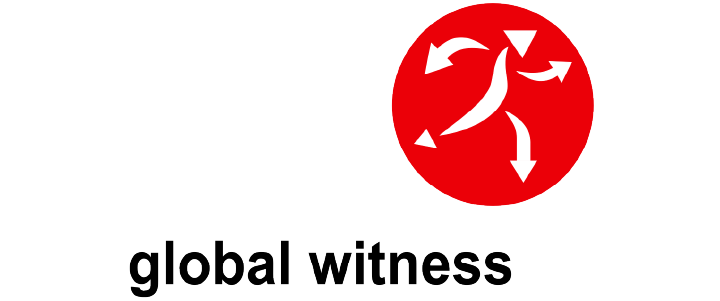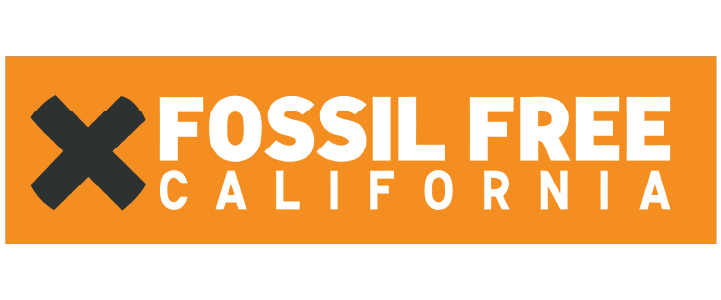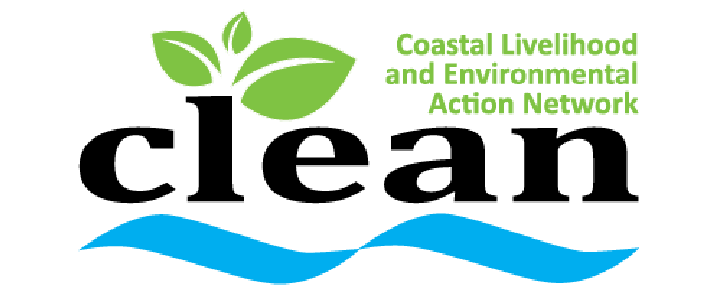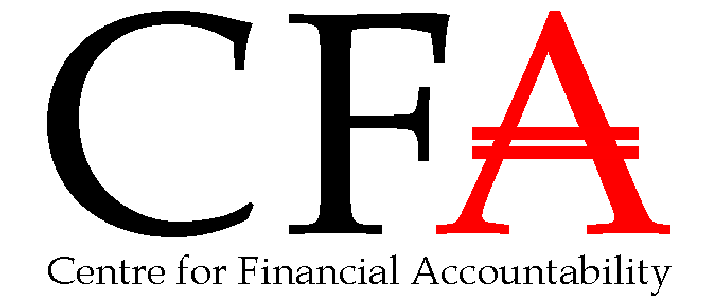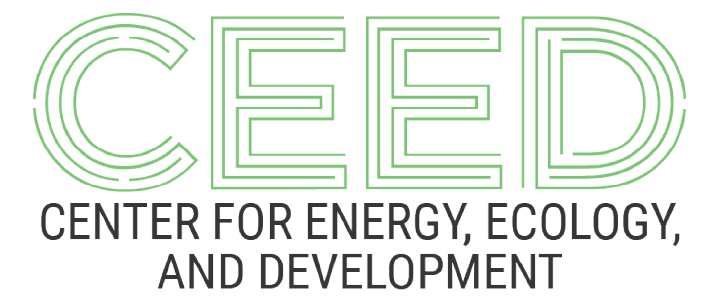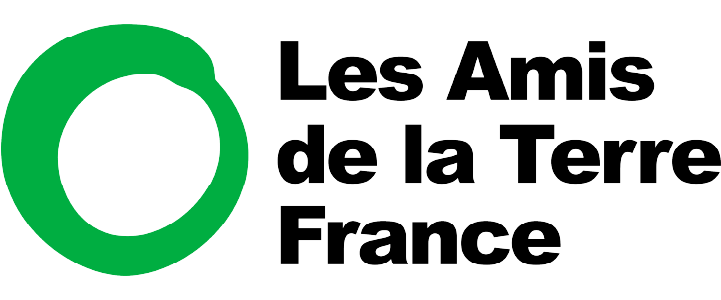Methodology
Who does the Coal Policy Tracker assess?
The Coal Policy Tracker covers all the biggest banks, (re)insurers, asset owners and asset managers from 37 countries, from Australia to the United States.
As of November 2023, are included in the tracker:
- The top 100 banks according to “The world’s 100 largest banks‘‘ ranking (Standard & Poor’s, 2023). The top 60 banks are also assessed in the Banking on Climate Chaos 2023 report;
- The top 30 insurers covered in the 2023 Scorecard on Insurance, Fossil Fuels & Climate Change (their insurance and investment activities are both covered separately) and 20 Lloyd’s of London managing agents covered in our 2023 report on Lloyd’s of London;
- The top 70 asset owners according to “The Asset Owner 100” ranking (Thinking Ahead Institute, Willis Tower Watson, 2022), with seven OCIOs not included;
- The top 100 asset managers according to “The world’s largest asset managers” ranking (Thinking Ahead Institute, Willis Tower Watson, 2022);
- Over 160 financial institutions which joined the Glasgow Financial Alliance for Net-Zero, most of them being also included in the above-mentioned rankings. Therefore, the Coal Policy Tracker assesses all the major financial institutions that have signed the Net Zero Banking Alliance (NZBA), the Net Zero Asset Owner Alliance (NZAO), the Net Zero Asset Managers initiative (NZAM) and the Net-Zero Insurance Alliance (NZIA);
- 36 signatories of the Powering Past Coal Alliance, most of them being also included in the above-mentioned rankings;
- The largest French financial institutions;
- Some other financial institutions added at the request of our partners.
Some financial institutions fall into more than one of the above categories.
Please note that due to a methodological review in April 2023, the number of financial institutions assessed has been reduced. This may explain some discrepancies with previous statistics, particularly in terms of the number of policies assessed. The overall number of financial institutions has been reduced so that the tracking of new policies can be most up to date.
What does the Coal Policy Tracker assess?
Reclaim Finance assesses all types of public documents issued by financial institutions: these may include coal policies, ESG frameworks, investment policies, disclosure reports, press releases, specific pages of a website, etc. Links to public documents are available in the Coal Policy Tracker, in the analysis dedicated to each financial institution.
Policies only applying to SRI/ESG funds are not considered in this analysis, except if they are the only ones proposed by the investor.
All financial players mentioned in the Coal Policy Tracker were contacted and had an opportunity to comment on their ratings before publication. These messages led to discussions with the majority of financial institutions covered in the tracker.
Coal policies are rated according to seven criteria
In addition to the thermal coal criteria, two new criteria on metallurgical coal were added in 2023.
For thermal coal, the scoring system is based on a score from 0 to 10 and a traditional color code (red, orange, yellow, green), to quickly identify the quality of the policies with regard to the assessed criteria.
For metallurgical coal, the scoring system is based on a score from 0 to 4, also with a traditional color code (grey – no policy, red, orange, yellow, green).
Many policies allow exceptions, use inappropriate metrics or weaken the impact of criteria by limiting their application to certain activities. In these cases, a penalty of one or two points is applied for each criterion to sanction these limitations and loopholes.
Special mark-ups and indicators are used to provide additional information.
“Best practice” here refers to the best policies to date – although none of these include strict and robust commitments for metallurgical coal. Therefore, the best commitments adopted for thermal coal have yet to be implemented in the metallurgical coal sector.



[NA]


#1 Projects
The first criterion covers the exclusion of thermal coal mines, coal plants, and coal infrastructure.
#2 Developers
The second criterion addresses the exclusion of all financial services to companies planning new thermal coal mines, coal plants or coal infrastructure projects.
#3 Relative threshold
The third criterion covers the exclusion of companies which are most exposed to the thermal coal sector, based on their share of revenues or electricity production from thermal coal.
#4 Absolute threshold
The fourth criterion covers the exclusion of the largest thermal coal producers and largest thermal coal plant operators, based on thermal coal production (Mt) or installed coal power capacity (GW).
#5 Phase-out
The fifth criterion addresses the quality of the thermal coal phase-out strategy.
#6 Metallurgical coal projects
The sixth criterion covers the exclusion of metallurgical coal mines and metallurgical coal-related infrastructure.
#7 Metallurgical coal companies
The seventh criterion addresses the exclusion of all financial services to companies with metallurgical coal expansion plans.
Disclaimer
Despite our best efforts, inaccuracies may have appeared in our tracker and we may have missed an existing commitment. Feel free to contact us: research@reclaimfinance.org, we will make every effort to address your feedback and make any necessary correction.





